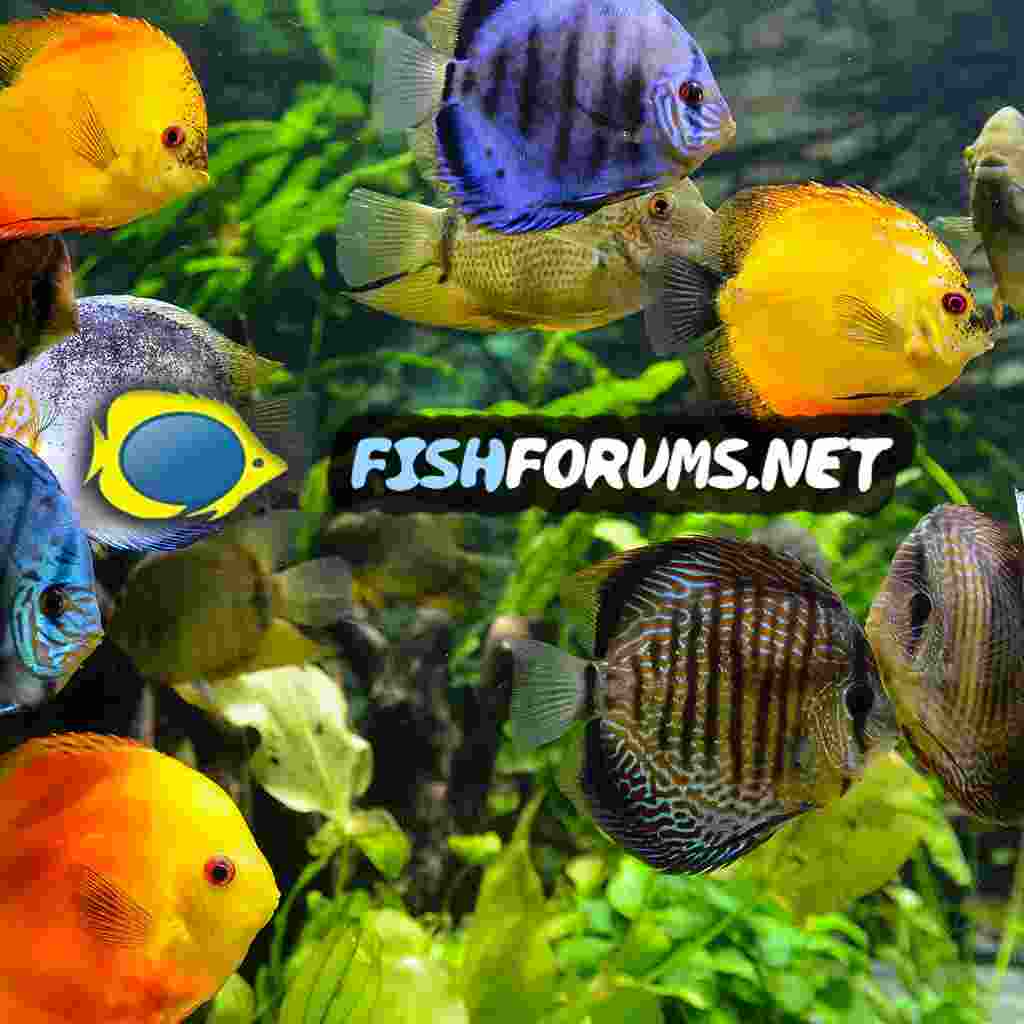I tried to get some info re your test kits. I am not at all sure what you are using as JBL offers multiple products. I did find their NH4 test but I am not sure it is what you are using. I know almost nothing about JBL and they do not make it easy to find it either. They talk about NH4 when the actual danger is from NH3. They say their NH4 test also tests for NH3 but I saw nothing about that on their site or in the test kit instructions.
Based on the time I spent reading on the JBL site I got the impression they were trying to confuse users not give them clear simple instructions. Can you provide me with links to your actual ammonia test product and/or the comprehensive kit you have? JBL may make the world's best test kit but they also write the world's worst instructions and explanations.
I personally would not buy a JBL kit because they are not user friendly which makes them less useful no ,atter how good they might be.
Most test kists in the hobby measure total ammonia. this is the sum of NH3 and NH4. The problem with this is that the NH3 form is way more toxic than the NH4. So the most important information one needs is know is how much of the total ammonia is in each form. here is why.
Lets look at two different tanks which have one thing in common, a total ammonia test shows both tanks have 2 ppm of ammonia. One of the tanks houses fish that do well in softer water and are in water with a pH of 7.0. The other tank has harder water and will housr rift lake cichlids and has a pH of 8.0. While temperature also can affect test results. ot os much less of a determinant than pH. So lets say both tanks are at 78F (25.6C).
How do we know how much of the that identical 2 ppm level for total ammonia is in each for in the two tanks? Science has some not funm to do math to answer that, but this is the digital age and there are online calculatiors that can give us the info quickly and easily. I am going to run the numbers on the one I use which is here
https://www.hamzasreef.com/Contents/Calculators/FreeAmmonia.php
I use .05 ppm for NH3 (ammonia) as the red line. Cross that and more and more species will suffer.
The tank at 7.0 has the following: NH3 = .0120 ppm NH4 = 1.9880 ppm
The tank at 8.0 has the following: NH3 = .1142 ppm. NH4 = 1.8858 ppm
The fish in the 7.0 tank can be in that 2 ppm of Total ammonia for a short time- and be OK. The fish in the 8.0 tank are in trouble now. This means the NH4 level is not what we really need to know it is the NH3 level which is the key. Because we know that water changes slow cycling we only want to being them when needed and not blindly at some Total Ammonia level or some NH4 level.
If you have the 7.0 tank above you should be doing nothing but continuing to test and monitoring your fish, If you have the 8.0 tank you need ed to be doing a water change way before the Total Ammonia hit 2.0.
Testing hobby tanks should be fairly easy to do and the results should be easy to understand and useful. I looked at the chart at the end of their instructions. There is no .01 NH4 level, the lowest level is .10.
Your life would be a lot simpler and easier if you had the API kits which are way easier to use and more user friendly.
The one good thing I saw about the JBL test is it compensates for discoloration of one's water. API will not do that. However, I consider the NH4 result unhelpful as they use it and personally I would not use this ammonia test kit if it were given to me at no cost. At least they do explain that pH is an important factor in ammonia testing. Consider as an example the SeaChem test bellow:
This kit measures total (NH3 and NH4+) and free ammonia (NH3 only) down to less than 0.05 mg/L and is virtually interference free in marine and fresh water. Free ammonia is the toxic form of ammonia (vs. ionized Ammonia NH4+ which is non-toxic) and thus it is much more important to keep an eye on the level of free ammonia in your system. This kit may be used with freshwater or marine water. Unlike other kits on the market, the chemical basis for this test assures that interference from other substances is highly unlikely. MultiTest™ Ammonia performs over 75 tests and contains a reference sample for validation.
So, you use a test for total ammonia. Then you go to my link for getting the breakdown of your test results.
Also, did you read the rescueing a fish in cycle part II on this site as I suggested? it explains most of the above.




